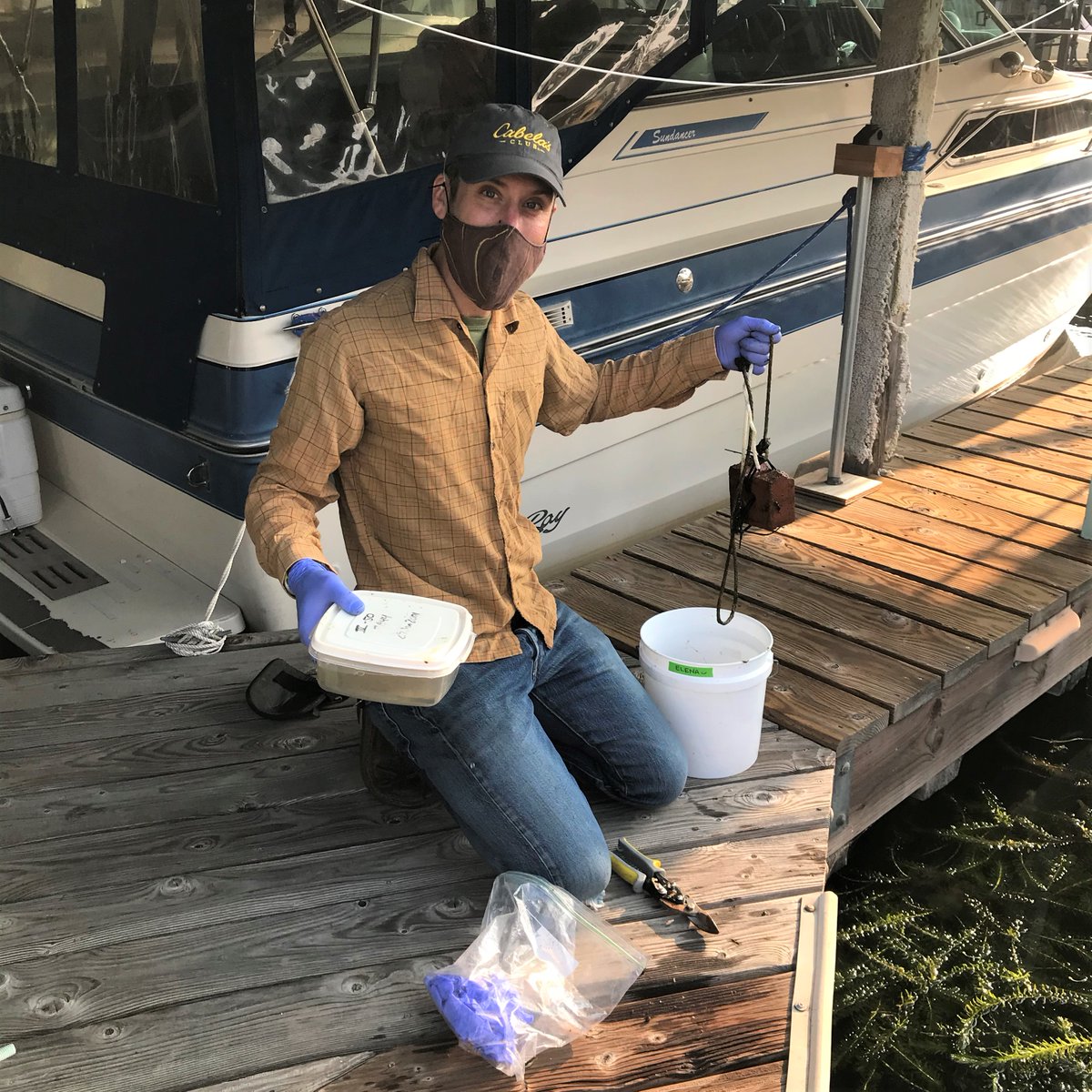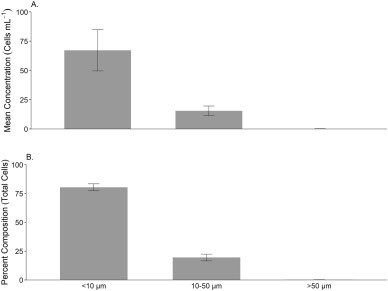Scientists love data, but what about when the data are telling us to change? This recent paper illustrates the need for diversity in innovation yet the ideas of underrepresented groups are less often backed. #DiversityInScience pnas.org/content/117/17…
"By analyzing data from nearly all US PhD recipients and their dissertations across three decades, this paper finds demographically underrepresented students innovate at higher rates than majority students, but..."
"...their novel contributions are discounted and less likely to earn them academic positions. The discounting of minorities’ innovations may partly explain their underrepresentation in influential positions of academia." From @PNASNews and @BasHofstra et al.
• • •
Missing some Tweet in this thread? You can try to
force a refresh



















